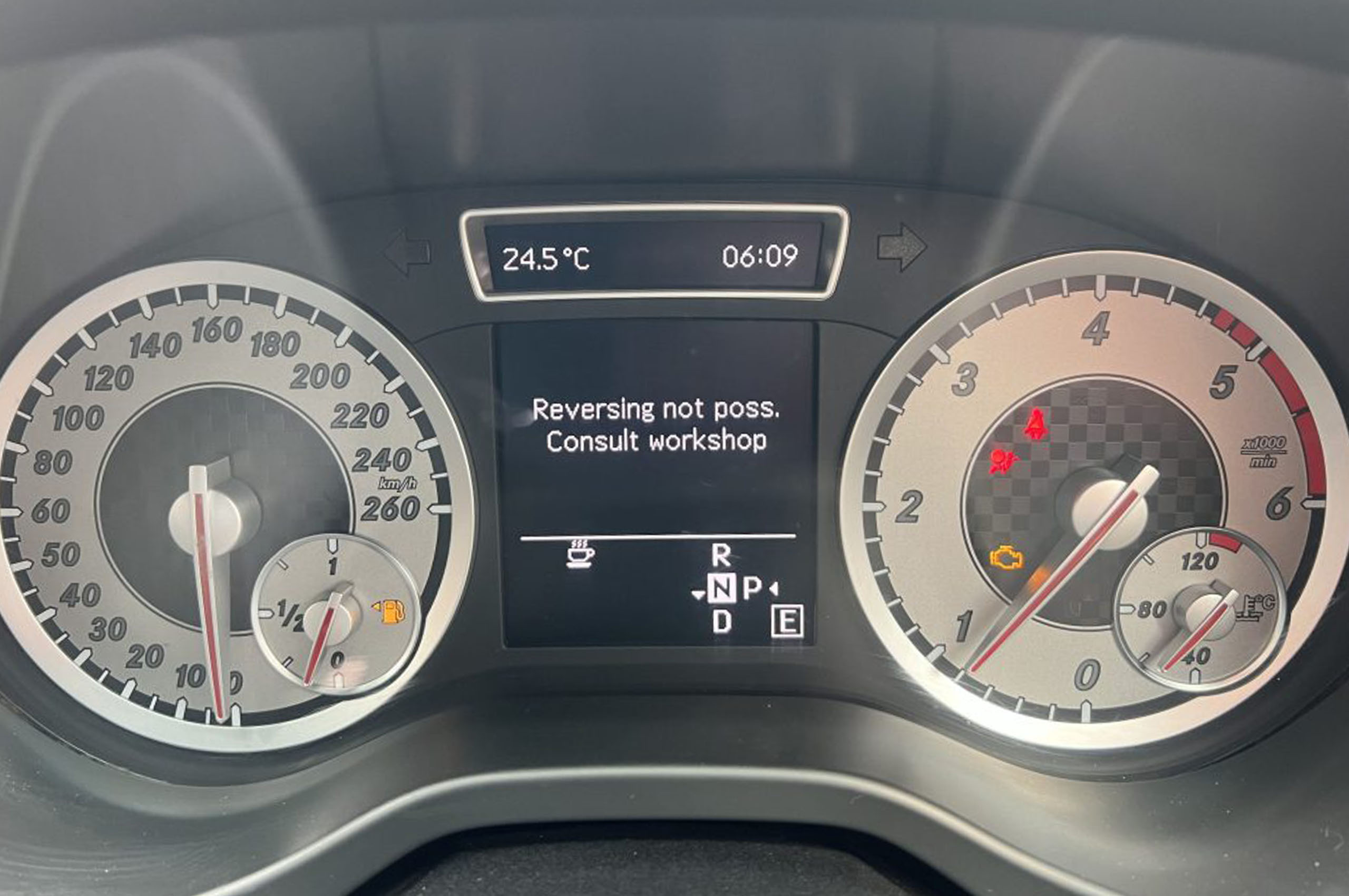Limp mode, or “limp home mode,” is a protective feature in Mercedes-Benz vehicles designed to prevent severe engine or transmission damage when a critical issue is detected. When the vehicle activates limp mode, it limits the engine power. It restricts the vehicle’s speed, allowing the driver to safely “limp” to a service centre like Enduro Gearbox Centre for diagnosis and repair. Understanding the common triggers for limp mode can help Mercedes-Benz owners address issues promptly and maintain their vehicle’s performance.
Faulty Transmission Control Module (TCM)
The transmission control module (TCM) is crucial in managing the transmission’s operation. If it detects a problem, like irregular gear shifts or transmission overheating, it can activate limp mode to prevent further damage. Symptoms of a faulty TCM include erratic shifting, slipping gears, or being stuck in a single useable gear.
Mass Airflow Sensor (MAF) Issues
The mass airflow sensor measures the air entering the engine to ensure the optimal air-fuel mixture for combustion. A malfunctioning MAF sensor can send incorrect data to the engine control unit (ECU), leading to performance issues and triggering limp mode. Common signs of a bad MAF sensor include rough idling, poor acceleration, and decreased fuel efficiency.
Throttle Body Malfunctions
The throttle body regulates the amount of air entering the engine. Issues such as carbon buildup or a malfunctioning throttle position sensor can cause the throttle body to operate improperly. This can lead to inconsistent engine performance and prompt the ECU to engage limp mode. When the throttle body fails, drivers might notice a lack of power or unresponsive acceleration.
Turbocharger Problems
Mercedes-Benz vehicles equipped with turbochargers rely on them for enhanced power and efficiency. However, issues such as a failing turbocharger, boost leaks, or a malfunctioning wastegate can significantly impact engine performance. When the ECU detects such problems, it may activate limp mode to prevent damage to the engine.
Defective Oxygen Sensors
Oxygen sensors monitor the oxygen levels in the exhaust gases to maintain the optimal air-fuel mixture. Faulty oxygen sensors can send incorrect readings to the ECU, causing the engine to run too rich or lean. This can trigger limp mode as a protective measure. Symptoms of bad oxygen sensors include poor fuel economy, increased emissions, and engine misfires.
Low Fluid Levels
Low levels of essential fluids, such as transmission fluid, coolant, or engine oil, can cause various components to overheat or malfunction. For example, low transmission fluid can lead to overheating and erratic shifting, prompting limp mode. Regularly checking and maintaining proper fluid levels can prevent such issues.
Electrical and Wiring Problems
Faulty wiring, loose connections, or damaged sensors can cause intermittent electrical issues that trigger limp mode. Common culprits include corroded connectors, frayed wires, and malfunctioning control modules. Diagnosing and repairing electrical problems can be complex and often requires professional assistance.
Contact Enduro Gearbox Centre for details
CONTACT a highly skilled member of our team at Enduro Gearbox Centre should you be experiencing Limp Mode with your Mercedes Benz. For any additional information feel free to browse our WEBSITE and follow us on FACEBOOK.



